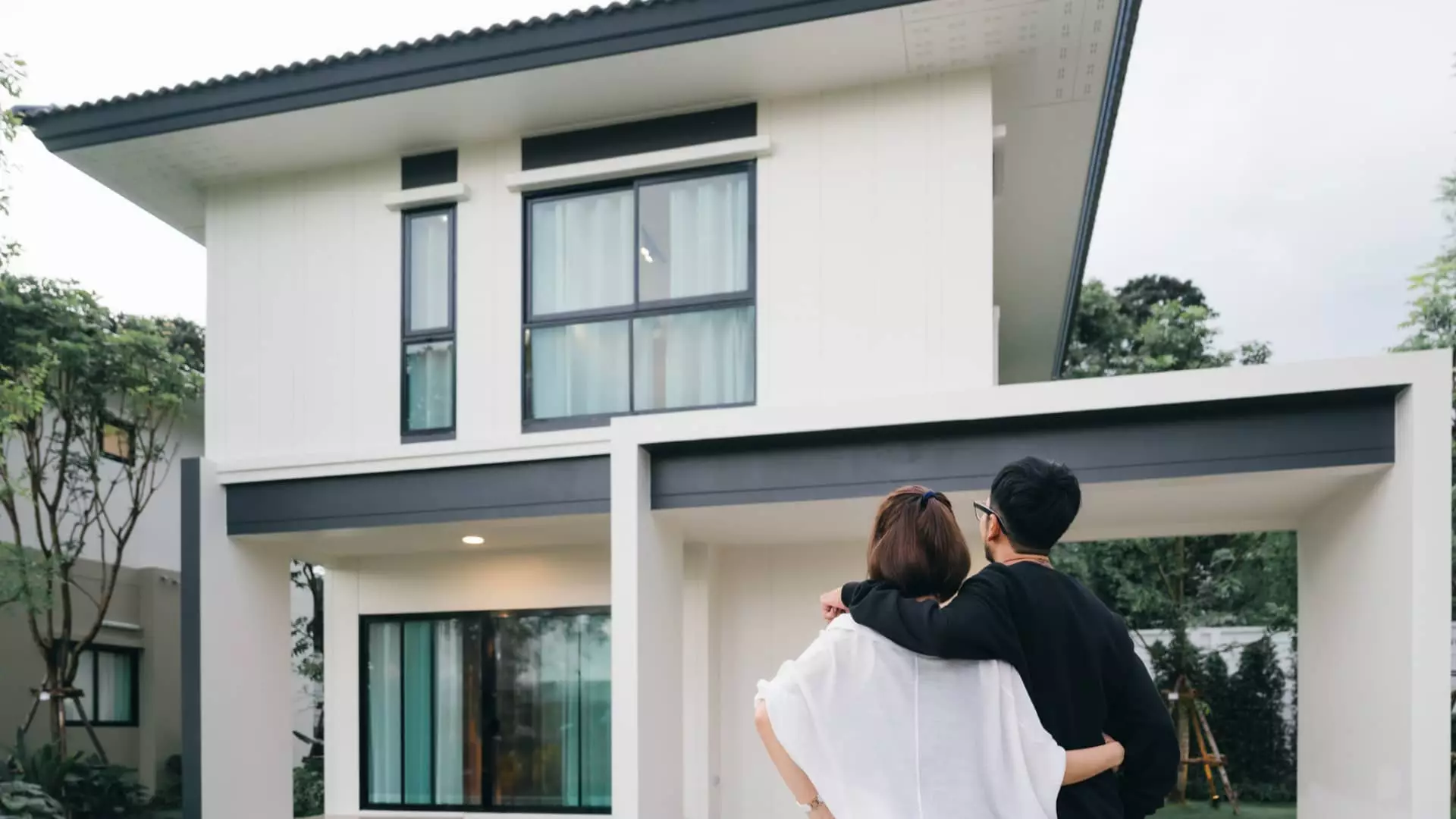Aspiring homeowners often face a significant hurdle: saving for a down payment. The amount of time it takes to save for a 20% down payment varies widely, influenced primarily by geographical location and individual financial circumstances. A recent report from RealtyHop analyzed the “barrier to homeownership” in major U.S. cities, revealing that the journey to a 20% down payment can be a lengthy one, especially in high-cost areas. For example, potential buyers in urban hubs like New York City may need nearly 11 years to save up a staggering $173,000 for a typical home priced at $865,000. In contrast, cities like Detroit offer a much shorter path to homeownership, where individuals earning a median income of $39,575 could secure a down payment in just over two and a half years for a home priced at $100,000.
Real estate markets are notorious for their disparities, driven by various factors such as local economies, demands, and urban development. Cities with high living costs, such as Los Angeles, often represent the longest timelines for potential homeowners. In Los Angeles, with its median home price soaring to approximately $1.13 million, a typical household would have to save approximately $1,339 per month for over 14 years to amass the required 20% down payment. This stark contrast illustrates how geography plays a crucial role in homeownership accessibility.
In the five cities with the lowest barriers to homeownership, including Detroit and Cleveland, the required savings timeline is significantly less—under four years for most. For many, these locations offer a feasible and attainable pathway to homeownership compared to more expensive urban areas where prices escalate swiftly and substantially.
Family structure and personal circumstances also heavily influence the timeline for saving a down payment. A separate study by Zoocasa revealed that homebuyers with children typically face longer paths to homeownership compared to those without children. For example, families in Detroit may need over 20 years to save for a 20% down payment, compared to just around four years for individuals or couples without kids. The added financial burden of childcare and education can quickly derail savings efforts, necessitating a reevaluation of financial goals and timelines.
While saving a 20% down payment is often considered the gold standard, it isn’t a requirement for purchasing a home. Many mortgage options are available that allow for smaller down payments, making homeownership accessible to a broader range of buyers. For instance, VA loans and USDA loans can offer 0% down payment options to qualifying borrowers, while FHA loans may require as little as 3.5% down. Although opting for a lower down payment may accelerate the path to homeownership, it can lead to higher monthly mortgage payments and additional costs, such as private mortgage insurance (PMI), which typically applies when the down payment is below 20%.
Understanding the financial implications of lower down payments is essential. While it may ease entry into the housing market, it could mean taking on a larger loan and incurring additional monthly expenses, impacting overall financial wellness.
Effective Savings Strategies for Homebuyers
Creating a practical financial plan is vital for those aspiring to purchase a home. Experts recommend evaluating one’s budget to identify how much can realistically be saved each month. Potential buyers should consider:
1. **Cutting expenses**: Finding areas to reduce spending can free up more funds for savings.
2. **Maximizing income potential**: Exploring potential bonuses or income from side jobs can also contribute significantly to savings.
3. **Researching local housing markets**: Understanding what homes typically cost in desired neighborhoods can help establish realistic savings goals and timelines.
Additionally, buyers should prepare for closing costs, which can add 2% to 6% to the overall expense of buying a home. Including these costs in the overall financial plan can help avoid surprises and ensure readiness when the time comes to make a purchase.
Every homebuyer’s journey is unique, emphasizing the importance of setting realistic goals and timelines. Whether the path to homeownership takes several years or a few short months, each individual must align their financial strategy with their long-term goals. Experts encourage aspiring buyers to take their time: “Go as slow or as quickly as you need to,” reflects Jacob Channel from LendingTree, suggesting that personal circumstances should dictate the pace.
The quest for homeownership can be daunting, but with the right knowledge, strategies, and patience, achieving that dream of owning a home can become a tangible reality. Each step taken towards saving is not simply a countdown to a down payment but also an investment in future stability and personal wealth.

